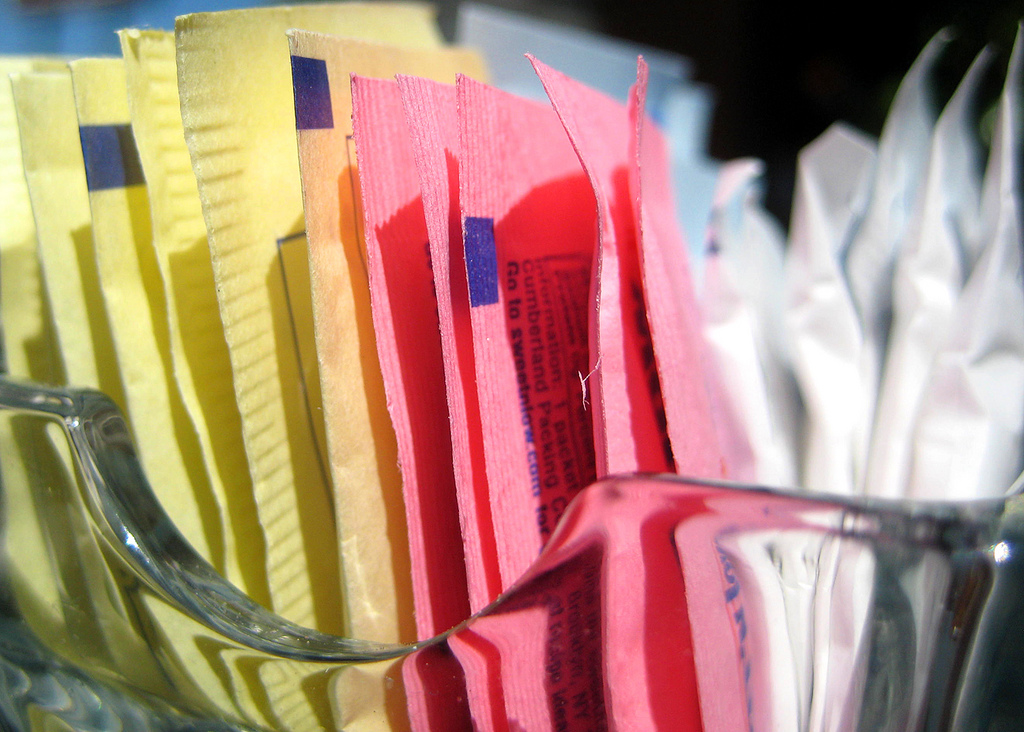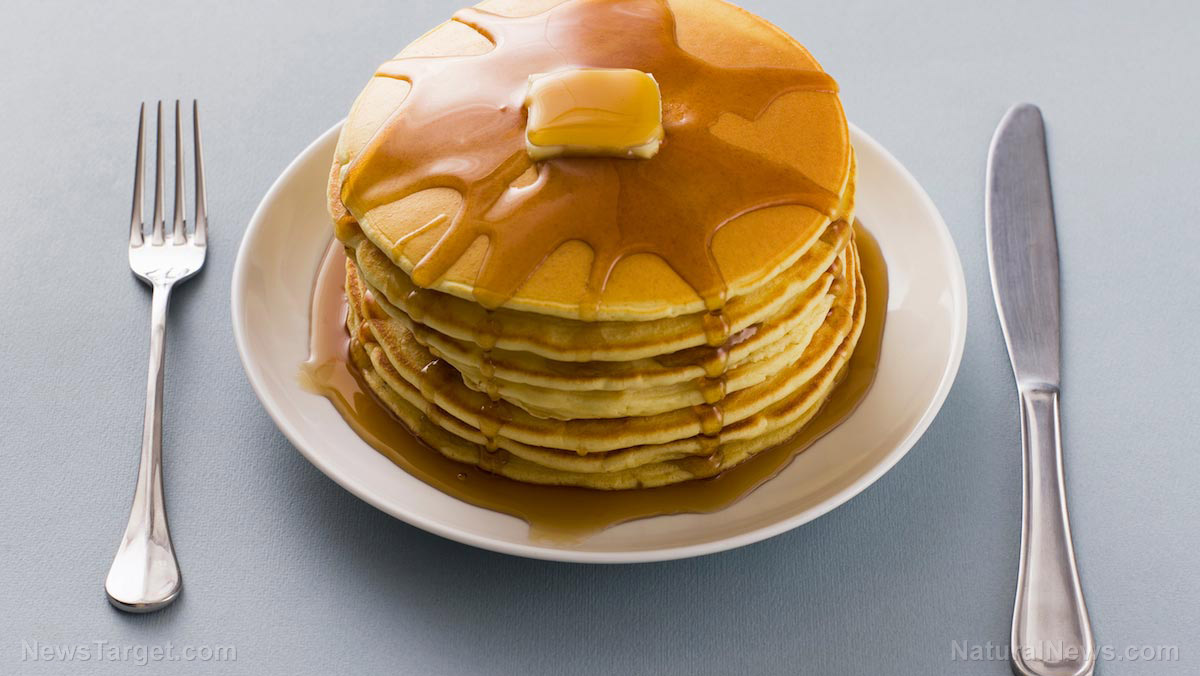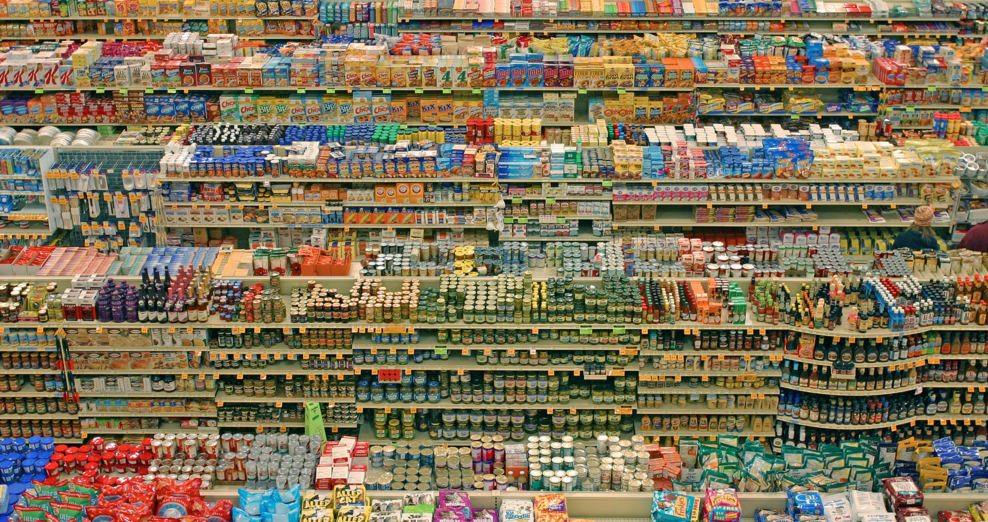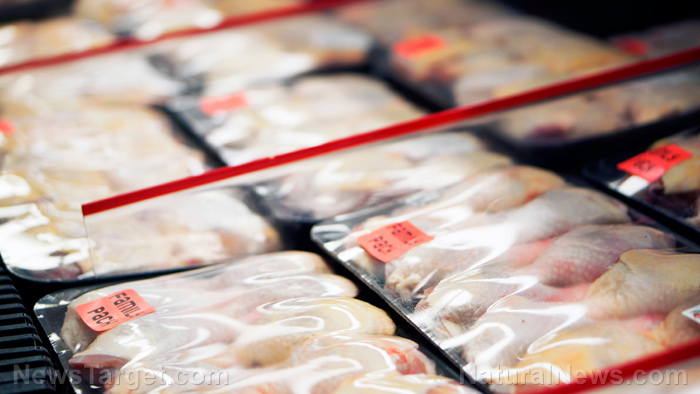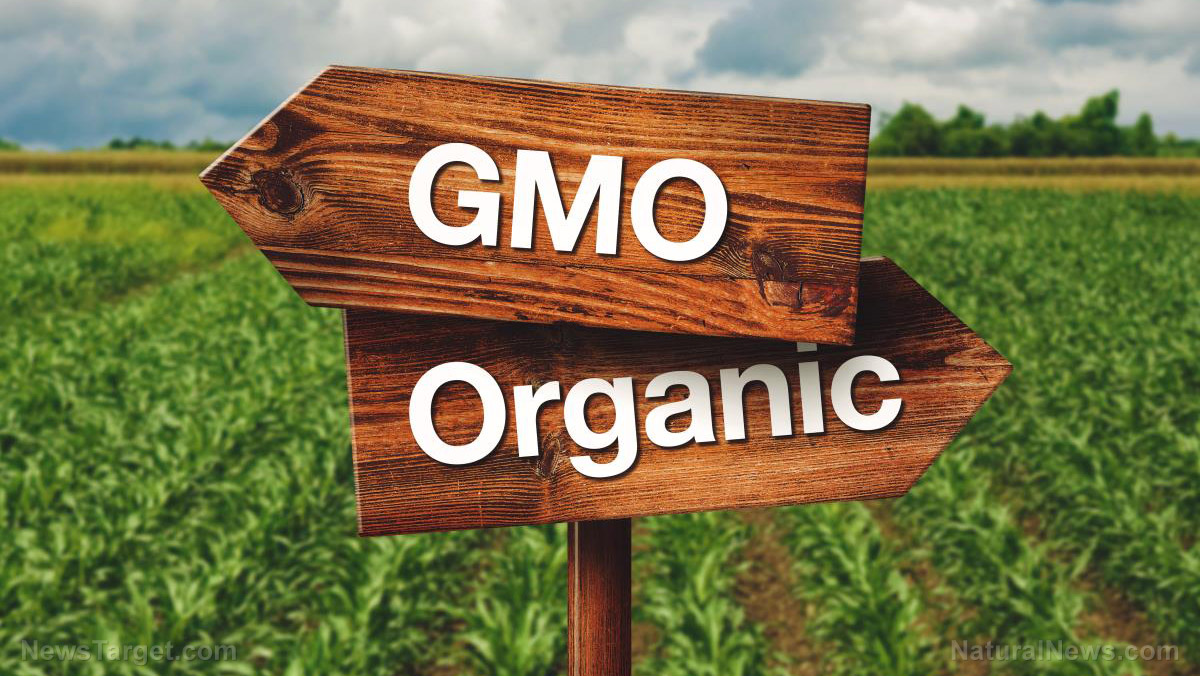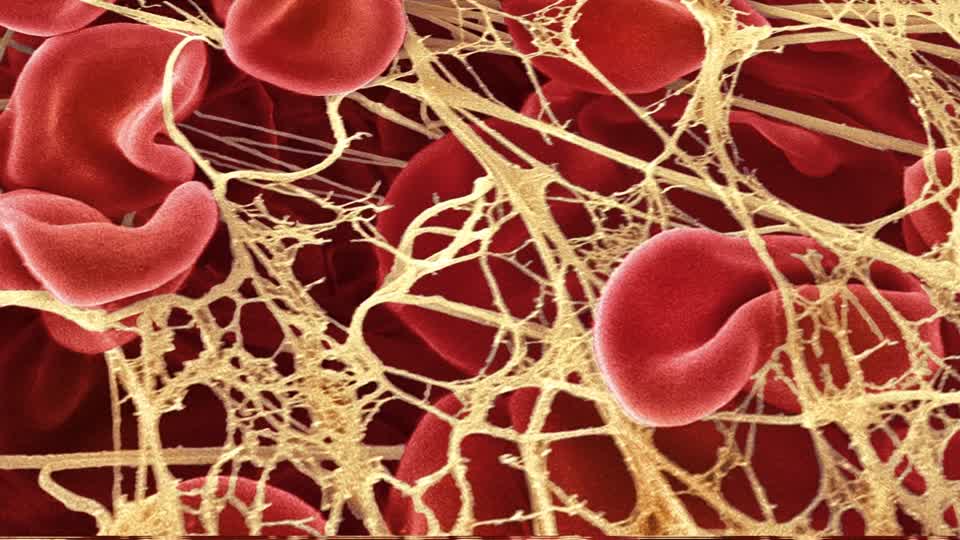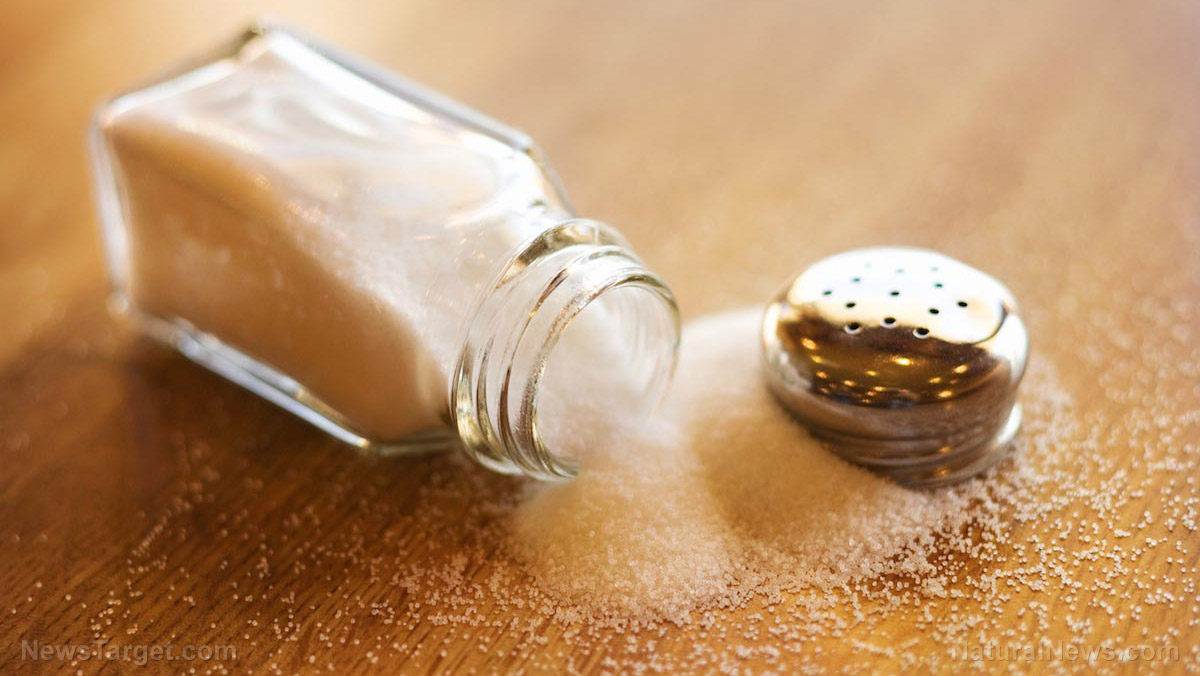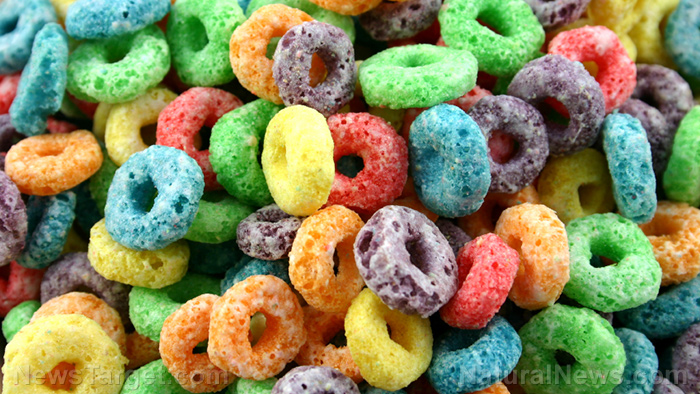Is milk pasteurization OBSOLETE? New low-temperature treatment promises 60 days of fresh milk in your fridge without “cooking” it
05/04/2019 / By Cassie B.
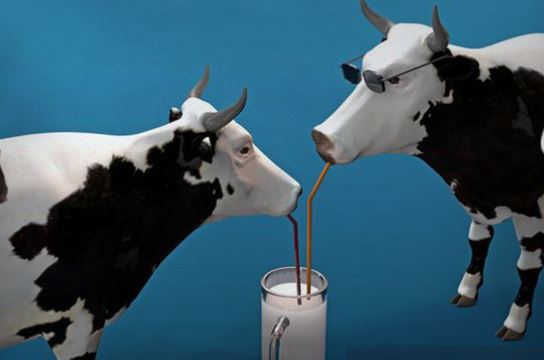
When it comes to milk, you generally have two choices: You can get fresh milk and consume it quickly before it goes bad, or you could get UHT milk that can stay on the shelf unopened for months on end and accept the compromise in flavor and potential digestion problems this option brings.
Soon, however, consumers may not have to make this choice as an Australian company has announced a new technique that can extend the shelf life of fresh milk to more than 60 days.
The company, Naturo, doesn’t rely on the high heat used in pasteurization, and the resulting milk is said to retain its natural color and taste just like it came right from a cow.
Although the company hasn’t released a lot of details, likely due to confidentiality reasons, they have said they based their process on existing technologies and it does not involve the addition of additives or preservatives. The company’s CEO told ABC Australia that they don’t use the aggressive pasteurization process of heating to 162 degrees Fahrenheit followed by homogenization.
The treatment has already gotten the stamp of approval from Australia’s Dairy Food Safety Victoria, and it meets the standards for killing any pathogenic microorganisms that could be present in the milk. In fact, they say it kills off even more pathogens than pasteurization does, including Bacillus cereus, which isn’t always removed in pasteurization. Best of all, it does this while retaining vitamins and enzymes.
The same company also came up with an air pressure process that can preserve avocados and prevent browning, and it is possible the milk procedure works on a similar principle. Naturo CEO Jeff Hastings said: “It is safer, better for you and lasts longer. The primary difference between our milk and pasteurized milk is the fact that we don’t ‘cook’ the milk to make it safe for human consumption. Our milk is much closer to milk in its original state and is independently proven to be nutritionally superior.”
New possibilities for more environmentally-friendly milk
The process could help dairy farmers expand their reach dramatically as they’ll be able to export milk to more far-flung locations without having to deal with the possibility of it going bad in the meantime. Not only does this reduce food waste, but it also means that more environmentally-friendly and slower methods of transportation can be used to distribute the milk.
The Queensland government is fully onboard, committing $250,000 to scale their operation, and sites are being scouted for a production facility. They’re hoping to be able to produce 10 million liters of milk a year using the new process, which they say can be applied to milk from goats, sheep and camels in addition to that of cows.
The plan is to find export opportunities to places in Malaysia, Japan, Indonesia, China and Singapore that haven’t historically had good access to fresh milk.
The new process, which took five years to develop, could be the biggest breakthrough in the dairy industry since pasteurization came about in 1864. Although considered groundbreaking in its time, pasteurization is believed to destroy vital nutrients in milk that protect people from certain sicknesses and allergies. This invention could help people around the world gain access to healthier, longer-lasting milk.
Read FoodScience.news for more daily coverage of breakthroughs in the realm of food science.
Sources for this article include:
Submit a correction >>
Tagged Under:
breakthrough, dairy, dairy industry, discoveries, food safety, food science, Food storage, food technology, grocery, inventions, milk, pasteurization, shelf life, UHT milk
This article may contain statements that reflect the opinion of the author
RECENT NEWS & ARTICLES
COPYRIGHT © 2017 TOP 10 GROCERY SECRETS





